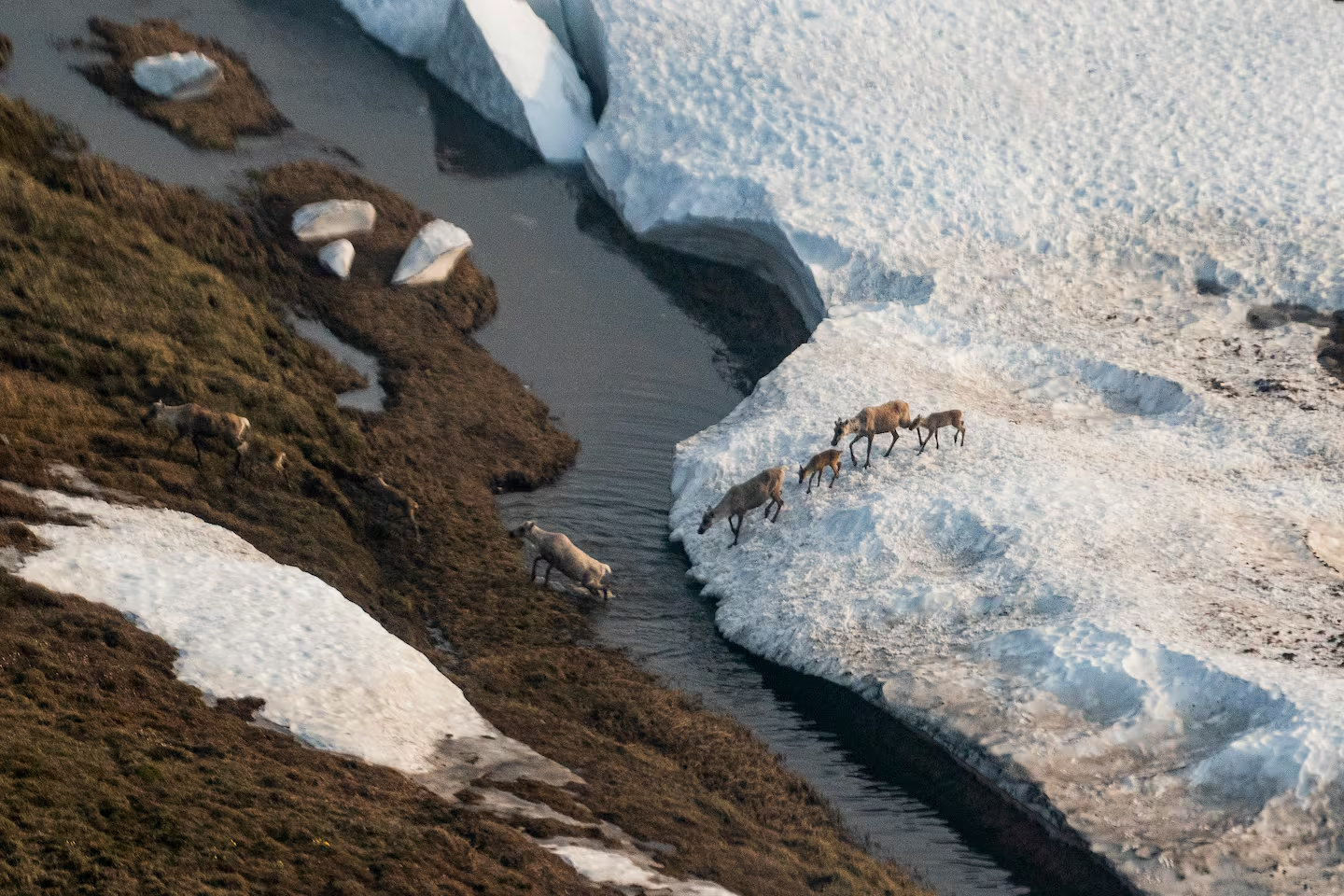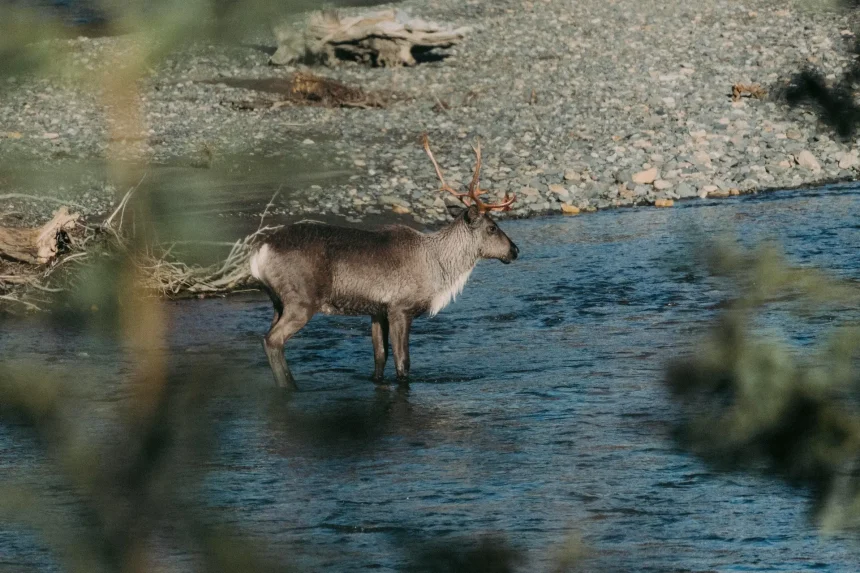Just hours after President-elect Donald Trump’s victory in the 2024 election, the Biden administration took swift action to curtail oil drilling in Alaska’s Arctic National Wildlife Refuge (ANWR), underscoring its commitment to preserving environmental protections amid a looming change in leadership.
The move is seen as an effort by the outgoing administration to safeguard key environmental policies and climate initiatives that have been central to President Biden’s term.
The Arctic National Wildlife Refuge, known for its pristine landscape and rich biodiversity, has been at the center of a longstanding debate between environmental preservation and energy development. For decades, oil drilling in ANWR was off-limits until Trump’s first term in office when, under a 2017 tax law, drilling was opened in certain areas of the refuge.
This legislation mandated two lease sales for oil and gas drilling in the region, making it legally required for the administration to hold another lease sale before the end of 2024.
The initial lease sale, conducted in 2021, faced an unexpected outcome: limited interest from the oil and gas industry, ultimately leading the Department of the Interior to suspend and eventually cancel those leases. Now, with the second mandated lease sale approaching, the Biden administration has decided to proceed with a considerably scaled-back offering, reflecting its broader strategy of balancing legal obligations with its environmental policy goals.

In a recent environmental impact statement, the Department of the Interior confirmed it plans to offer only 400,000 acres of ANWR land, the smallest area it can legally offer for lease. This minimal offering aligns with Biden’s efforts to restrict drilling while satisfying the requirements of Trump’s 2017 tax law.
The administration’s decision to limit ANWR drilling is one of several measures aimed at preserving Biden’s environmental legacy as he prepares to leave office. Since the beginning of his term, President Biden has prioritized climate action, from rejoining the Paris Agreement to implementing significant environmental policies.
READ ALSO: Indian-Origin Entrepreneur Sells Premium Domain “Chat.com” to OpenAI’s ChatGPT
Although he approved the massive Willow oil project on Alaska’s North Slope, he has also enacted protections to prevent extensive drilling in sensitive Alaskan wilderness areas. This balance reflects Biden’s commitment to addressing climate change while recognizing the complex realities of energy production and economic interests.
Trump has made his position clear on oil drilling in Alaska, often referring to the region’s untapped oil reserves as “liquid gold” during campaign rallies. The president-elect has repeatedly expressed his intent to expand oil exploration in Alaska, citing it as a means to increase U.S. energy independence and stimulate economic growth.
However, environmentalists argue that drilling in ANWR could have devastating consequences for local wildlife, including polar bears, caribou, and migratory birds, as well as for the broader climate due to increased carbon emissions.
The lease-sale restrictions reflect a broader challenge the Biden administration faces as it seeks to protect its environmental achievements, even as Trump’s incoming administration could quickly reverse course.
Environmental advocates have praised Biden’s actions, viewing the restrictions as a way to limit the potential for irreversible environmental impacts. Conversely, proponents of energy development criticize the administration for allegedly restricting opportunities for U.S. energy expansion, particularly in a resource-rich area like Alaska.
As the country anticipates the upcoming transition of power, the question remains: will Trump follow through on his plans to expand oil drilling in Alaska, and how will this impact the balance between economic growth and environmental protection? For Biden and his supporters, the answer lies in safeguarding as much of his climate legacy as possible.

By setting limitations on ANWR leases, Biden signals his administration’s commitment to environmental stewardship and offers a final stand in the complex, ongoing debate between conservation and energy development.
The unfolding situation in ANWR serves as a powerful reminder of the political and ideological divide surrounding environmental policy in the U.S.
The Biden administration’s moves in Alaska will likely shape the national conversation on energy and the environment for years to come, and Trump’s potential policies may reshape Alaska’s landscape as his presidency unfolds. While the 2024 election may have concluded, the debate over America’s environmental future is far from over.

